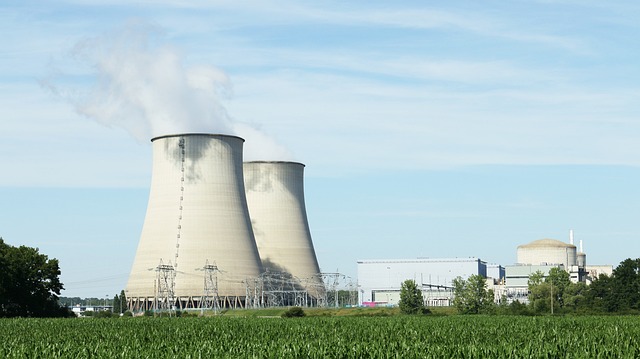
Teller-ulam Configuration
Teller-Ulam Configuration
The Teller-Ulam configuration is a pivotal design in the realm of nuclear weaponry, specifically for thermonuclear weapons, commonly known as hydrogen bombs. This design was developed during the early 1950s and represents a significant advancement in the efficiency and power of nuclear weapons. Understanding this configuration involves delving into the principles of nuclear physics, particularly the processes of fission and fusion.
Historical Context
The Teller-Ulam design emerged from the collaborative efforts of physicists Edward Teller and Stanislaw Ulam. Their work culminated in the first successful test of a thermonuclear device, known as "Ivy Mike," which took place on November 1, 1952. This test demonstrated a yield of 10.4 megatons, showcasing the potential of the design.
Basic Principles
At its core, the Teller-Ulam configuration operates on the principle of staged radiation implosion. This method utilizes the energy produced from a primary fission explosion to compress and heat a secondary fusion fuel. The process can be broken down into several key components:
- Fission Primary: The initial explosion is caused by a fission reaction, which generates a significant amount of energy and soft X-rays.
- Radiation Channeling: The energy from the fission reaction is primarily in the form of X-rays, which are used to compress the secondary fusion fuel. This is a crucial aspect of the design, as it allows for efficient energy transfer.
- Fusion Secondary: The compressed fusion fuel undergoes a fusion reaction, releasing a much larger amount of energy compared to the initial fission reaction.
Technical Aspects
The efficiency of the Teller-Ulam design is largely attributed to its ability to maximize energy transfer from the primary to the secondary stage. During the fission explosion, approximately 80% of the energy is emitted as soft X-rays. These X-rays travel at a speed that far exceeds the physical expansion of the fission core, allowing them to effectively compress the fusion fuel before it can disperse.
This staged approach not only enhances the yield of the weapon but also allows for a more compact design. The ability to create a powerful thermonuclear explosion from a relatively small device has significant implications for military strategy and nuclear deterrence.
Global Implications
The Teller-Ulam configuration has been adopted by several nations, contributing to the proliferation of thermonuclear weapons. Its effectiveness has led to ongoing discussions regarding nuclear arms control and non-proliferation efforts. The existence of such powerful weapons raises ethical and strategic questions about their role in global security.
Conclusion
In summary, the Teller-Ulam configuration represents a critical advancement in nuclear weapon technology. By understanding its principles and historical context, one can appreciate the complexities involved in nuclear physics and the implications for international relations. As discussions about nuclear weapons continue, the Teller-Ulam design remains a focal point in debates surrounding arms control and global security.

















 Quirks in My Hero Academia
Quirks in My Hero Academia 
 Health
Health  Fitness
Fitness  Lifestyle
Lifestyle  Tech
Tech  Travel
Travel  Food
Food  Education
Education  Parenting
Parenting  Career & Work
Career & Work  Hobbies
Hobbies  Wellness
Wellness  Beauty
Beauty  Cars
Cars  Art
Art  Science
Science  Culture
Culture  Books
Books  Music
Music  Movies
Movies  Gaming
Gaming  Sports
Sports  Nature
Nature  Home & Garden
Home & Garden  Business & Finance
Business & Finance  Relationships
Relationships  Pets
Pets  Shopping
Shopping  Mindset & Inspiration
Mindset & Inspiration  Environment
Environment  Gadgets
Gadgets  Politics
Politics 